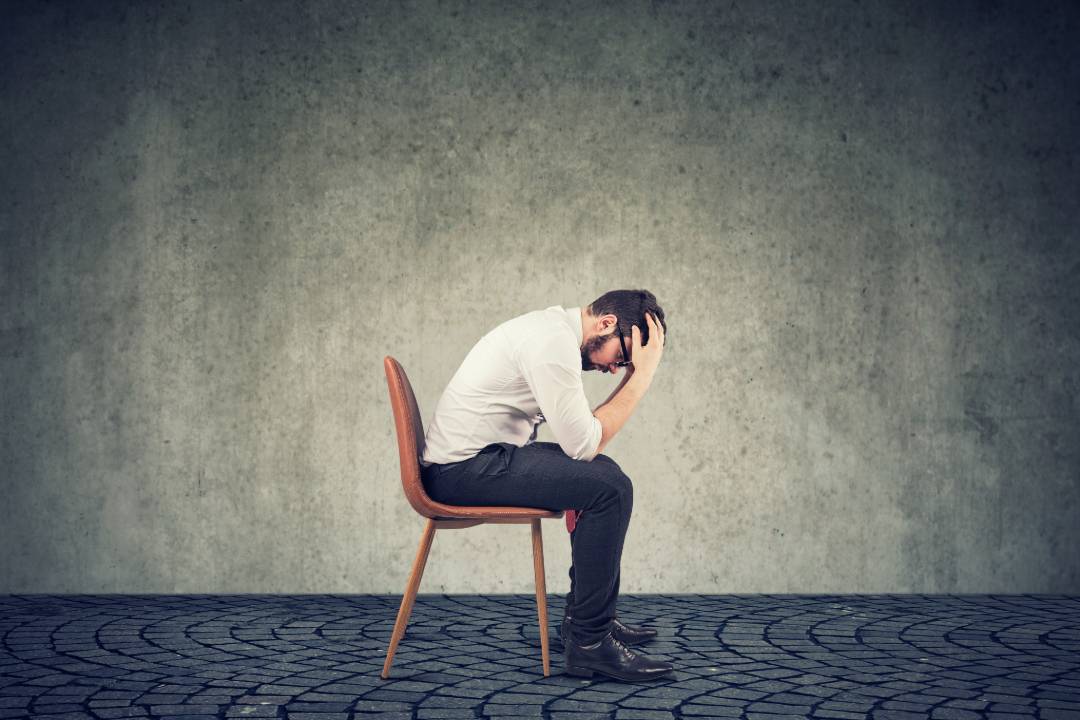
The Mental Health Crisis Is Getting Worse—And We're Still Not Talking About It
There’s a quiet kind of suffering that’s settled over much of the country. It shows up in the way people avoid eye contact in waiting rooms, in the text messages left on read, and in the dead silence that falls after someone says, “I’m just tired.” But it’s not just tired. It’s emotionally flat. Mentally stretched. It’s the feeling of walking through a life that’s too heavy to carry but too familiar to drop.
More and more Americans are living with anxiety, depression, and a sense of disconnection that can’t be fixed with a weekend off or a phone detox. And while social media might make it easier to talk about mental health, actually accessing help is a different story entirely. People are stuck in a loop: struggling to function while waiting months to be seen, if they’re seen at all.
Why Standard Treatment Paths Don’t Work for Everyone
For many, the traditional model of care—book a therapist, go once a week, feel better eventually—just doesn’t work. The system is overwhelmed, underfunded, and built for people with time, money, and flexibility. That leaves out a massive part of the population. Working parents. College students. People living in small towns. People with jobs that don’t come with benefits. They’re falling through the cracks, not because they’re unwilling to get help, but because help simply isn’t built around how they live.
That’s where more intensive outpatient care is stepping in to fill the void. Whether someone’s looking for a structured solution through a Richmond, Miami or Orange County IOP, the model offers something different. It combines regular therapy, accountability, and real-life accessibility. These programs don’t require hospitalization, but they go far beyond what once-a-week therapy can offer. Participants attend multiple sessions per week while still living at home, holding down jobs, or attending school. For people who need support now—but can’t afford to step away from everything—they offer something that actually fits into real life.
The Mental Load Isn’t Shared Equally
Mental illness doesn’t affect everyone the same way, and it definitely doesn’t hit everyone with the same level of support. Race, income, cultural background, and geography all play a part in how people experience symptoms—and whether they get help that actually helps. Too often, treatment assumes a one-size-fits-all approach, ignoring the complicated realities people carry with them into the room.
Take mental health in Latinos as one example. Stigma, lack of access to bilingual providers, and immigration-related stress all act as roadblocks. Even when someone recognizes they need help, the system isn’t always prepared to meet them with care that respects their background. Cultural pressures often discourage emotional vulnerability, and traditional family structures may not prioritize open conversations about depression or anxiety. Add to that a shortage of therapists who understand the specific nuances of Latino identity, and it’s no surprise that many suffer in silence.
The Cost of Waiting It Out
One of the biggest lies people tell themselves is that it’s not that bad yet. That they can push through. Maybe it’s just a phase. But the longer symptoms go untreated, the more they build—sometimes quietly, sometimes explosively. What starts as anxiety can morph into chronic insomnia, then into full burnout or physical illness. Depression isn’t always crying on the floor. Sometimes it’s working every day, hitting deadlines, and still feeling absolutely nothing.
The American mentality of toughing it out or dealing with problems privately only makes things worse. And in a culture that idolizes productivity and self-reliance, asking for help still feels like weakness to a lot of people. The truth is, waiting doesn’t fix anything. If anything, it gives symptoms more time to root deeper into someone’s everyday life, making the climb out even harder.
When Burnout Becomes a Baseline
In today’s world, burnout isn’t a moment. It’s a lifestyle. People wake up tired, go to bed wired, and spend their days cycling between overwork and emotional numbness. What used to be temporary stress has calcified into something more permanent. Americans aren’t just overbooked—they’re emotionally spent, socially isolated, and physically drained.
And still, the pressure to keep going doesn’t let up. Parents are told to “enjoy every moment.” Workers are expected to “be grateful” for having a job. Students are pushed to stay competitive while navigating a collapsing economy and a chaotic digital landscape. There’s no pause, no reset button, and barely any space to breathe.
A Sliver of Hope in All the Noise
While the system is far from perfect, there’s one thing that’s slowly starting to shift: people are finally calling it what it is. They’re naming the anxiety. They’re challenging the stigma. They’re admitting that this isn’t working. And even though access still isn’t where it needs to be, the rise in alternative care models, community mental health efforts, and open conversations are small signs that maybe—just maybe—things can change.
Moving Toward Something Better
Mental health shouldn’t be a luxury or an afterthought. And yet, for too many people, it still feels out of reach. But the more honest the conversation becomes—and the more realistic the care options get—the better the chances of climbing out of this mess. America isn’t broken beyond repair, but it is overdue for a reset. One that doesn’t just talk about mental health, but actually makes space for people to heal.

Comments (0)